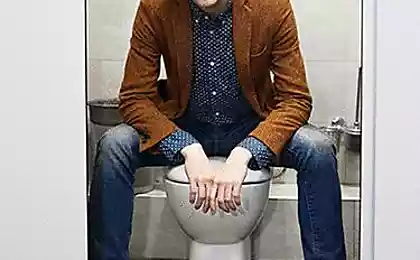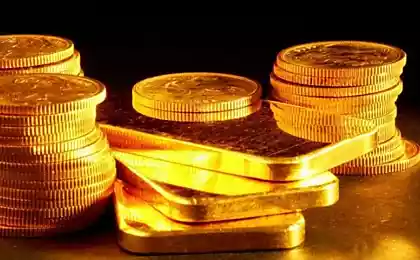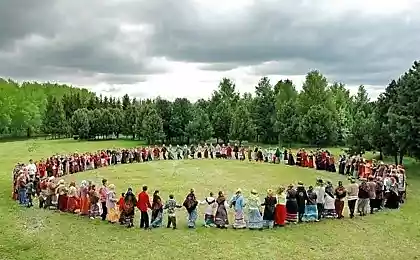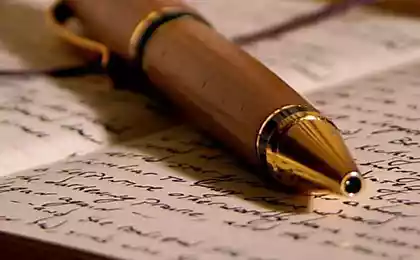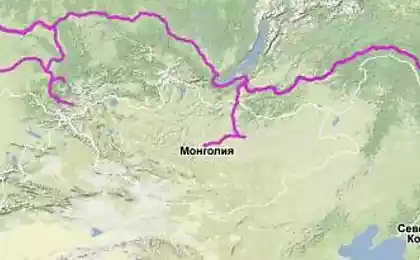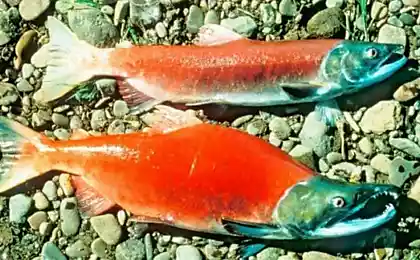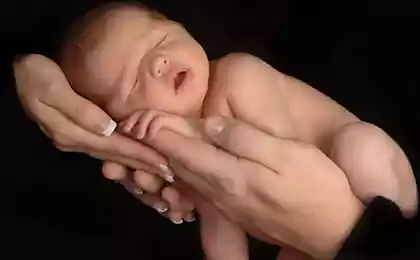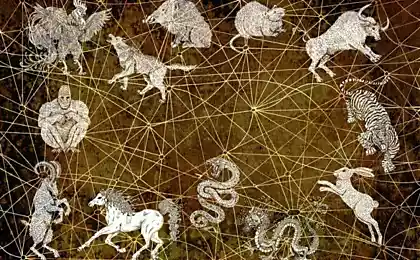830
13 obscure punctuation marks that we could use
There punctuation, much less known and far more interesting than the banal point and commas. Site has collected 13 examples of such signs, which we could find a use. 1. Interrobang - ligature of interrogative and exclamatory znakov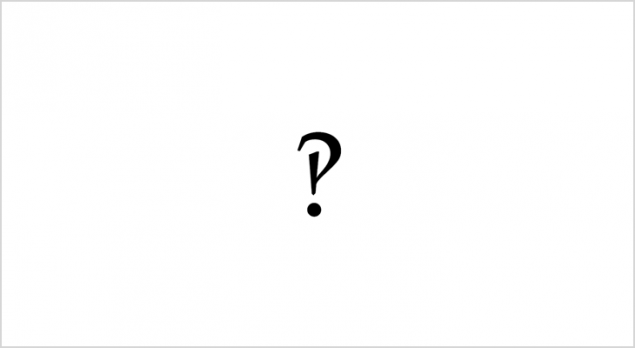
Perhaps you have already seen this sign: it is becoming more and more popular in recent years. Of course, a combination of question and exclamation mark can be replaced simply by writing them one after the other, for example, like this "?!", But Interrobang looks at the letter more representative.
2. Rhetorical question znak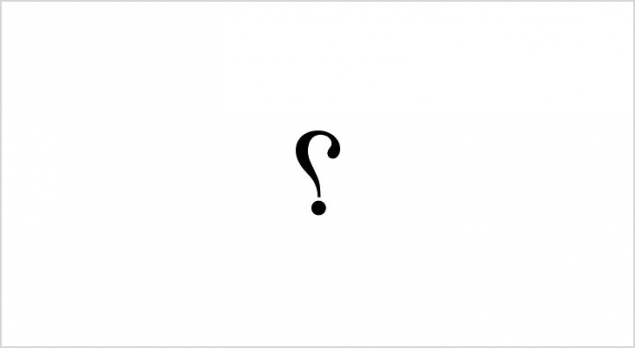
This punctuation mark, like a mirror image of an ordinary question mark, was invented by Henry Denham in 1580, the year. It was used to refer to the rhetorical question until the early 1600s.
3. Ironic znak
Ironic sign is very similar to writing on a rhetorical question mark, but still a bit different - it is smaller and is situated just above the above the line, and it usually stands in front of a proposal, rather than after. For the first time use of an ironic sign proposed Alkanter de Bram in XIX-th century, and in 1966 the writer Hervé Bazin in his book «Plumons l'Oiseau» described a similar character with five other new characters.
4. Love znak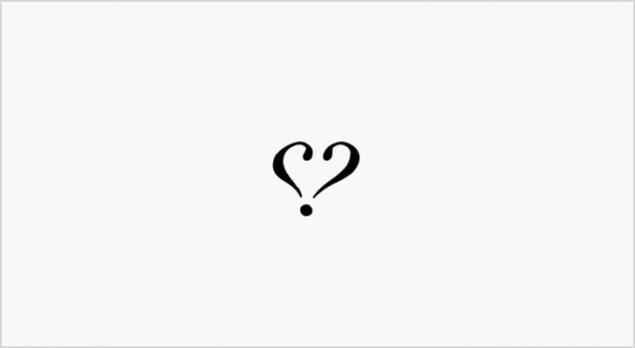
Among the proposed signs Bazin was a sign of love, which consists of two question marks, mirror each other, and a point at the bottom. It can be used for the expression of love, such as greeting cards: "Happy Anniversary [love sign]." Maybe if it was easier to type on the keyboard, such a mark would really was popular.
5. Conciliation znak
Bazin has described this character as "a stylistic representation of the two flags, veyuschih on a tour bus, when the president comes to town." Conciliation sign expresses the demonstration of goodwill and cheer, so you can use it to say "I'm glad to see you [conciliation sign]" or "Viva Las Vegas [conciliation mark] '.
6. Sign uverennosti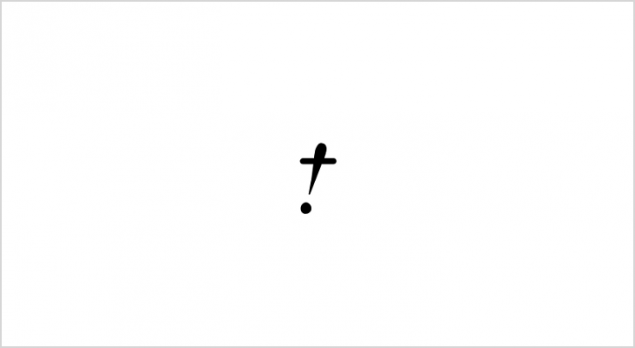
It is necessary to make something with unwavering confidence? Then you can complete your written report using another proposed Bazin punctuation mark - a sign of confidence
7.. Sign somneniya
Sign doubt - the opposite of the sign of confidence. Thus, it can be used to express doubt or skepticism.
8. Authoritative znak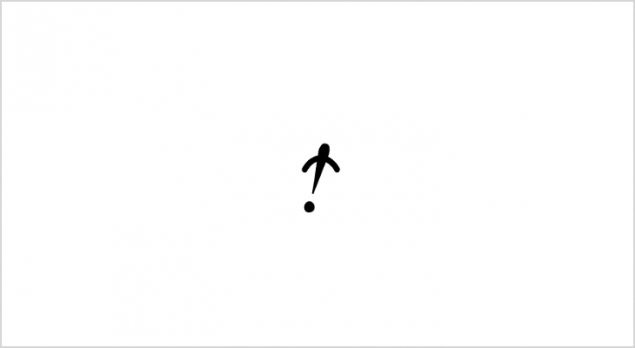
Authoritative sign, also invented by Bazin, the proposal gives the shade of expert confidence - "like an umbrella Sultan." In addition, it is also used to refer to the order or advice coming from those in power.
9. Sarcastic znak
Sarcastic sign is protected by copyright and trademark «Paul Sak». Although he is not widely used, it can be used to emphasize the sarcasm in a phrase, a sentence or statement. For example, "Half the fun of sarcasm is that it give a [sarcastic sign]».
10. Snark-znak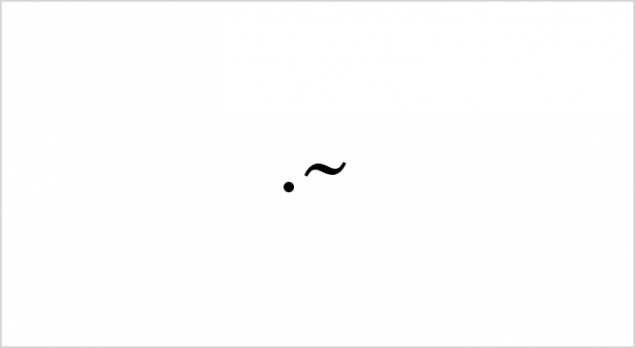
This symbol is used to show that the proposal contains a hidden meaning, and should not be taken literally. Unlike sarcastic sign, snark-mark is not protected by copyright, and to print it easily: it's just a point beyond which there is a wave
11.. Asterizm
This cute, but rarely used punctuation mark previously served to separate the meaningful chapters or parts of books or to refer minor breaks in the long text. Asterism now obsolete, since for the same purpose today uses three stars [***] - in fact, it is the same asterism, just lined up
12 and 13. comma exclamation and question zapyataya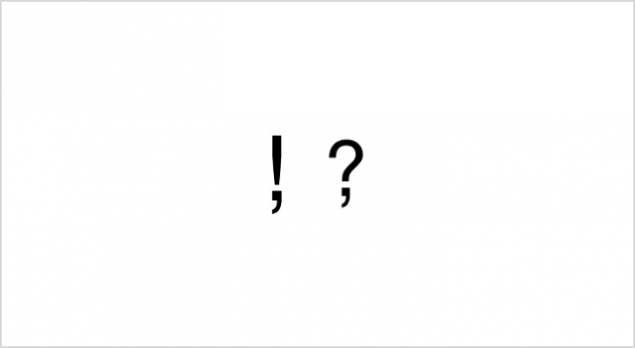 <. br>
<. br>
These punctuation marks you can express an exclamation or question mark, without completing offers.
via factroom.ru

Perhaps you have already seen this sign: it is becoming more and more popular in recent years. Of course, a combination of question and exclamation mark can be replaced simply by writing them one after the other, for example, like this "?!", But Interrobang looks at the letter more representative.
2. Rhetorical question znak

This punctuation mark, like a mirror image of an ordinary question mark, was invented by Henry Denham in 1580, the year. It was used to refer to the rhetorical question until the early 1600s.
3. Ironic znak

Ironic sign is very similar to writing on a rhetorical question mark, but still a bit different - it is smaller and is situated just above the above the line, and it usually stands in front of a proposal, rather than after. For the first time use of an ironic sign proposed Alkanter de Bram in XIX-th century, and in 1966 the writer Hervé Bazin in his book «Plumons l'Oiseau» described a similar character with five other new characters.
4. Love znak

Among the proposed signs Bazin was a sign of love, which consists of two question marks, mirror each other, and a point at the bottom. It can be used for the expression of love, such as greeting cards: "Happy Anniversary [love sign]." Maybe if it was easier to type on the keyboard, such a mark would really was popular.
5. Conciliation znak

Bazin has described this character as "a stylistic representation of the two flags, veyuschih on a tour bus, when the president comes to town." Conciliation sign expresses the demonstration of goodwill and cheer, so you can use it to say "I'm glad to see you [conciliation sign]" or "Viva Las Vegas [conciliation mark] '.
6. Sign uverennosti

It is necessary to make something with unwavering confidence? Then you can complete your written report using another proposed Bazin punctuation mark - a sign of confidence
7.. Sign somneniya

Sign doubt - the opposite of the sign of confidence. Thus, it can be used to express doubt or skepticism.
8. Authoritative znak

Authoritative sign, also invented by Bazin, the proposal gives the shade of expert confidence - "like an umbrella Sultan." In addition, it is also used to refer to the order or advice coming from those in power.
9. Sarcastic znak

Sarcastic sign is protected by copyright and trademark «Paul Sak». Although he is not widely used, it can be used to emphasize the sarcasm in a phrase, a sentence or statement. For example, "Half the fun of sarcasm is that it give a [sarcastic sign]».
10. Snark-znak

This symbol is used to show that the proposal contains a hidden meaning, and should not be taken literally. Unlike sarcastic sign, snark-mark is not protected by copyright, and to print it easily: it's just a point beyond which there is a wave
11.. Asterizm

This cute, but rarely used punctuation mark previously served to separate the meaningful chapters or parts of books or to refer minor breaks in the long text. Asterism now obsolete, since for the same purpose today uses three stars [***] - in fact, it is the same asterism, just lined up
12 and 13. comma exclamation and question zapyataya
 <. br>
<. br> These punctuation marks you can express an exclamation or question mark, without completing offers.
via factroom.ru
15 wonderful breeds of dogs, which we've never heard of
9 The stunned stories about losing weight that will inspire you


